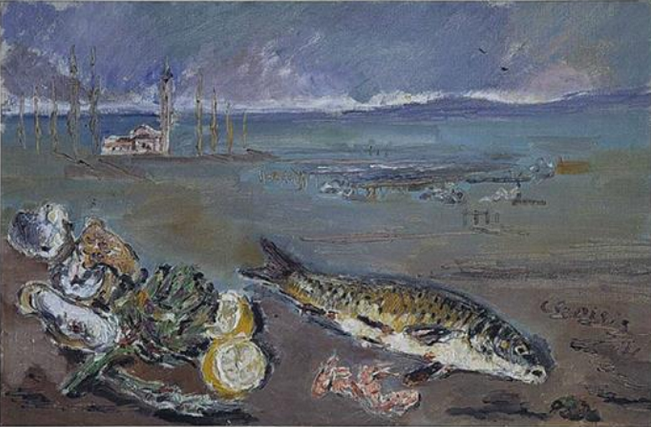The Museum of the Twentieth Century in Florence launches the Outdoor project, an absolute novelty in terms of valorization: through this initiative, in fact, the Florentine institute will take some of the works in its collection out of its doors and temporarily bring them to subjects such as schools, hospitals, penitentiaries, residences for the elderly, libraries, companies and even private homes. The initiative, a note explains, “responds to the twofold intent of promoting awareness of the collections of the City of Florence by intercepting and focusing different audiences in everyday contexts, sometimes very far from the museum dimension, and to encourage a direct encounter with the work of art, also highlighting aspects of its history and material existence. The exhibition, dedicated from time to time to a single work, will be accompanied by the presence of a mediator who will present the artist and his work.” The project was conceived by the artistic director of the Novecento Museum, Sergio Risaliti, and realized by theMUS.E Association, thanks to the contribution of some technical sponsors(Apice, Magjlt and Rossella Lari). The idea is to ensure greater enhancement of the civic collections, including outside the museum walls, and the establishment of relationships with other institutions in the area.
The first adherence to the Outdoor project came from theIstituto comprensivo Oltrarno di via dei Cardatori, which on Wednesday, November 14, saw classes 3^A and 3^E of the Secondary School inaugurate the experimental phase of the project. The young students witnessed the arrival of the work Natura morta con carpa e conchiglie e limoni nel paesaggio di Pomposa by Filippo De Pisis (Ferrara, 1896 - Brugherio, 1956), and the unpacking operations. A brief analysis by a restorer, who was involved in the project, was followed by an introduction about the work and the artist’s activity by the cultural mediation department of the MUS.E Association. The project also includes a workshop phase and an independent work phase with teachers. The next works to come out for the “trip” will be Severo Pozzati’sPurple Tree and White House and Virgilio Guidi’s Figures in Space.
“We continue on the path undertaken with the project of ’The Keys to the City,’” stressed Councillor for Education Cristina Giachi, “with which we try to bring to schools the richness of our territory and our city. Thanks to ’Outdoor’ our youngest citizens will be able to discover what it means to take care of a work of art: transportation, restoration, conservation. The hope is that more and more teachers will choose to welcome works of art into the classroom.”
“Many actions are necessary to enhance and disseminate art,” explains Museo Novecento director Sergio Risaliti. “Cultural mediation within a museum is the first among them. We imagined creating an additional connection between the works in the collection and the public, reversing the direction. In this case it is the works that reach people in their everyday habitat. Primarily children and young people in schools. However, we will also move to hospitals, places of detention, businesses and even private homes. Imagine the surprise! A painting comes to the classroom directly from the museum. How exciting. A family hosts a sculpture for an evening. The company stops for an hour to engage in contemplation of a work of art. What a privilege! For one day to be custodians of such a precious commodity as art. Once in the classroom we will demonstrate how the painting is preserved in its case. We will be in the company of a restorer in a white coat to analyze the artifact with special lenses. The art historian who will tell anecdotes about the life and illustrate the meanings reposed. In addition to the superintendence official. We are convinced that we are collaborating in the growth of love for art, without which words like protection and preservation are in danger of bouncing around in vain.”
To visit the Museo Novecento website you can click here.
Pictured: Filippo De Pisis, Still Life with Carp and Shells and Lemons in the Pomposa Landscape (1931; oil on canvas; Florence, Museo del Novecento)
 |
| Florence, the Museo del Novecento brings its artworks to schools, prisons, hospitals and private homes |
Warning: the translation into English of the original Italian article was created using automatic tools. We undertake to review all articles, but we do not guarantee the total absence of inaccuracies in the translation due to the program. You can find the original by clicking on the ITA button. If you find any mistake,please contact us.